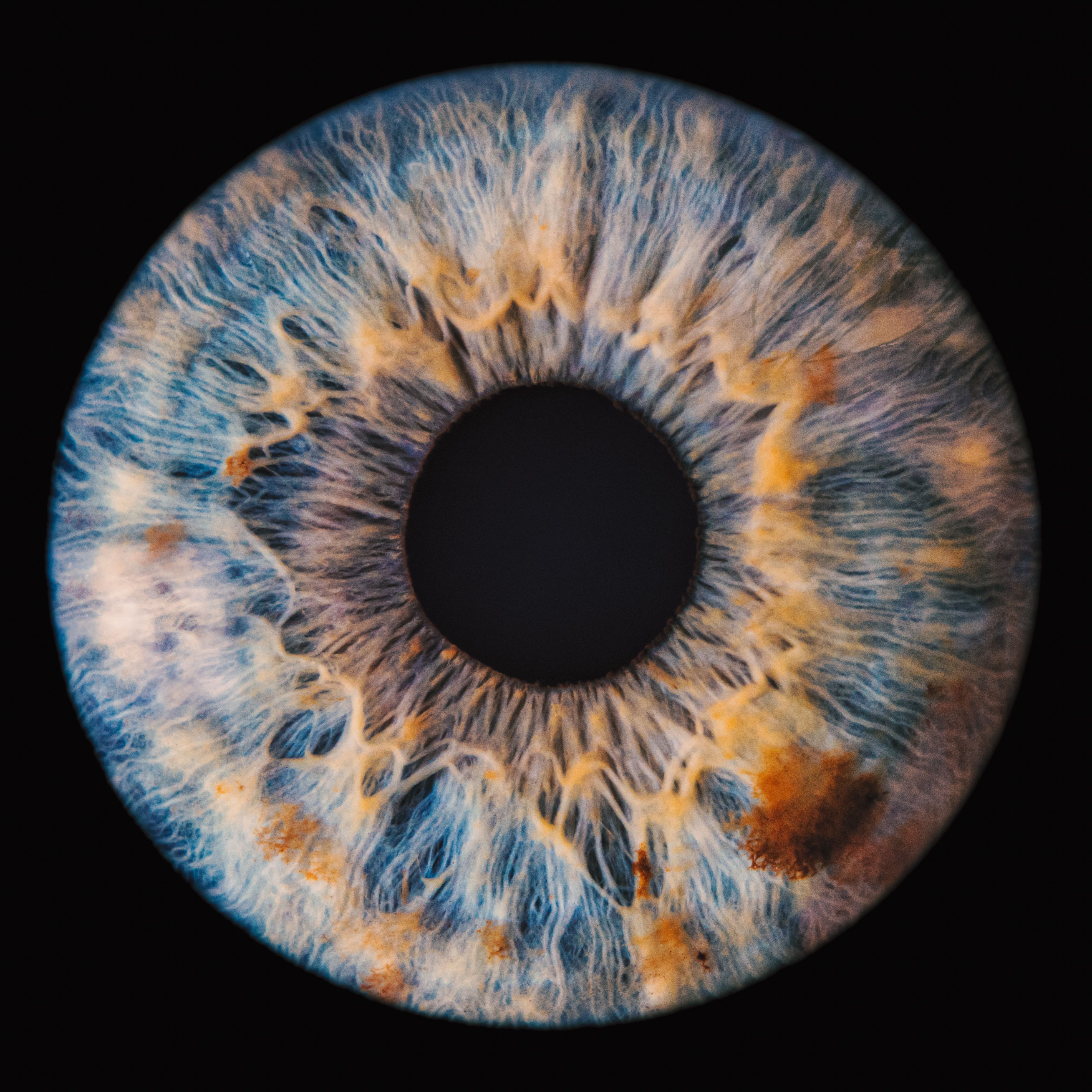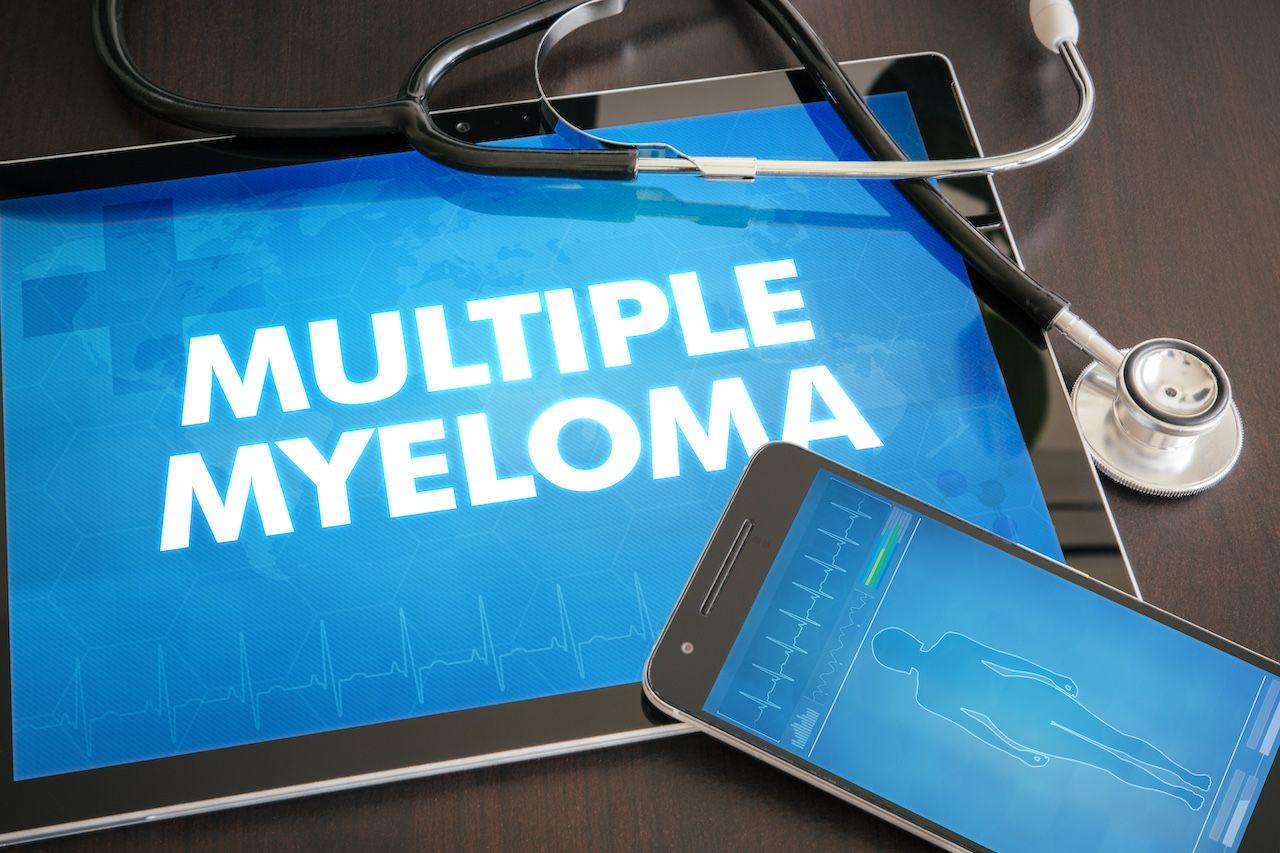News
Article
The Benefits of More Sickle Cell Retinopathy Screening for Patients With SCD
Author(s):
A systematic analysis that reviewed screening for sickle cell retinopathy in patients with sickle cell disease (SCD) underscores the importance of advanced imaging measures and further research on screening implementation methods.
There is a need for more research that incorporates sickle cell retinopathy (SCR) screening in patients with sickle cell disease (SCD) to inform future standard-of-care guidelines in this population, according to a recent systematic review published in American Journal of Hematology. These results underscore the benefits of advanced image-based screening methods, such as ultra-wide-filed fundus imaging and computer-based analyses, for SCD to minimize the prevalence of end-organ damage and improve global screening measures.1
Sickle cell retinopathy is a manifestation of SCD that occurs in the eye and can cause detriments to patients’ vision | Image credit: Lorant - stock.adobe.com

SCR is a manifestation of SCD that occurs in the eye and can affect patients’ vision; alter the vascular components of optic discs; lead to patients seeing darkened shadows, flashes, or floaters; and result in vitreous hemorrhaging or tractional retinal detachment in extreme stages.2
The current authors classified SCR as the “most severe ophthalmic manifestation of SCD,” as proliferative SCR (PSR) can significantly impair vision and result in blindness; however, nonproliferative SCR may have little to no impact on affected individuals.1 The severity of SCR depends on the sex, age, and genotype of someone with SCD, they added. SCR is prevalent in children with SCD at similar rates as adults (approximately 33%), but becomes harsher with age and is more common in male patients and those with a hemoglobin SC and hemoglobin SS genotypes.
Beginning at agge 10 years, the National Heart, Lung, and Blood Institute suggests children with SCD receive a dilated funduscopic exam to screen for SCR annually or every 2 years. However, this recommendation stems from what the authors deem poorly based evidence. To address the insufficient guidance and overall low rates of participation with SCR screening, the authors conducted a systematic review to evaluate the techniques and testing measures surrounding SCR in patients with SCD to draw more coherent conclusions regarding best practices for SCR screening. Additionally, their analysis sought to identify effective means for boosting SCR screening rates.
Data were gathered from the online databases Google Scholar, Embase, Cochrane Haemoglobinopathies Trial Register, Web of Science Core Collection, and others in February and December of 2023. Categories were created to divide data into laboratory-based clinical tests (tests), programmatic-based or implementation studies (practices), and ophthalmic imaging modalities (techniques).
A total of 44 studies were included: 7 practice studies, 9 test studies, and 28 technique studies spanning 1986 to 2023 and featuring 4928 participants. On average participants were just under 26 years—all recruited from clinical sights—with nearly an even split between male and female participants.
Positive likelihood ratio (LR+) and negative likelihood ratio (LR–) of disease were used to compare the effectiveness of various testing measures, including the dilated fundus examination (DFE), ultra-widefield-fundus angiography (UWFFA), optical coherence tomography (OCT), and others. LR+ of 10 or more signifies a significantly higher chance of disease following a positive test; LR– of 0.1 or less indicates a significantly reduced chance of being diagnosed following a test. Of note, the authors pointed out that DFE yielded a moderate accuracy (LR+ of 8.0, LR– 0.03). Comparatively, UWFFA demonstrated higher testing accuracy (LR+ 32.5, LR– 0.03), as did OCT (LR+ 32.5, LR– 0.03 [machine learning grader]). Overall, the authors stated that most of the tests demonstrated higher accuracy for PSR detection vs SCR staging or identifying lower-grade SCR.
Although their findings suggest the benefits of increasing the integration of advanced imaging for patients with SCD in need of SCR screening, the authors concluded, “Still, we must continue to reduce rates of end-organ damage in this population, in part by improving the quality and consistency of SCR screening for patients who are unable to access these new therapies.”
With this reality in mind, there is still a need to further investigate these measures with SCR screening implementation studies moving forward, they posited.
References
1. Cummings OW, Rahman S, Fletcher L, Scott AW. Advances in sickle cell retinopathy screening techniques, tests, and practices: a systematic review. Am J Hematol. Pubished online July 23, 2024. doi:10.1002/ajh.27439
2. Shah VA, Sambhara D, Bracha P, Vannadil H, Hsu J, Lim JI. Sickle cell retinopathy. American Academy of Ophthalmology. March 12, 2024. Accessed July 29, 2024. https://eyewiki.aao.org/Sickle_Cell_Retinopathy
Newsletter
Stay ahead of policy, cost, and value—subscribe to AJMC for expert insights at the intersection of clinical care and health economics.





